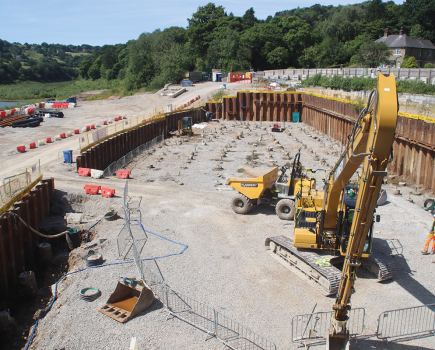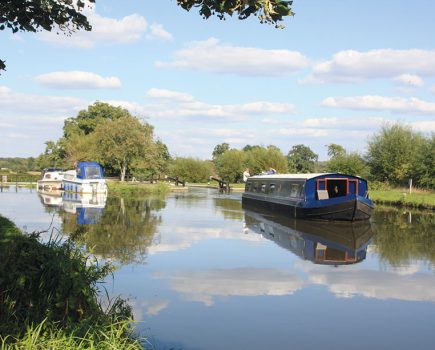Steve analyses the recent Newsnight appearance of CRT chief executive Richard Parry
I made an idiot of myself on TV once. I was employed by the BBC as editor of a legal series and I was invited onto a programme called Biteback – a sort of grown-up Points of View – to talk about a documentary I had made. This had resulted in the Lord Chief Justice overturning the conviction of a woman wrongly found guilty of drowning her baby. Apparently, it had upset the police.
The programme was recorded before a studio audience composed entirely of police officers who were fired up to complain about everything from pay to promotion opportunities. Among their grievances was journalists getting involved in judicial matters – especially when it was done to rectify mistakes that had come about through their errors. I confronted this bear garden of Britain’s finest for just so long before my judgment went out the window and I exploded into anger. Reviewers the next day couldn’t have been more critical of my performance.
I guess Canal and River Trust chief executive Richard Parry must have been feeling something similar when he reviewed his recent appearance on Newsnight talking about the near breach of the dam at Toddbrook above Whaley Bridge. The interview has been put onto YouTube and so you can judge for yourself.
The one thing that immediately struck me when I saw it is how alien he seemed. Anyone who’s met him is struck by how informal he can be, a man who seems younger than his years because of the youthful energy he exudes. Before us on Newsnight, however, was the epitome of corporate man; sharp suit, white shirt and hair so short and swept back he looked ten years older. Who in the name of heaven allowed him to go on TV looking like that? Who let him wear glasses for the interview, the light catching the lenses in a way that made him look positively shifty? He looked uncomfortable, because he was uncomfortable, and that is no way to face what was obviously going to be a tough interview with a seasoned TV professional.
And it showed when he talked. In this corporate persona, his apologies to those who had to abandon their homes seemed hollow and formulaic. He can be an empathetic man, but there was no warmth in this interview. Once past the introductions, he made a key stumble on the question of when the dam was last inspected. This was not a subject on which he had any need to be troubled. But he made the basic mistake of not answering simply. Instead, he burdened us with far more information than we needed about the whole process of dam safety. It sounded defensive when it didn’t need to be.
Things began to badly wrong when he was asked whether the age of the dam might be a factor in its collapse. For heaven’s sake, it was built in 1831. Of course its age is a factor. A dam of this design wouldn’t be built today. This was as easy as it was going to get. It was a question designed give him the opportunity of trumpeting the corporate message that CRT’s been promoting for years: that the biggest challenge of canals is maintaining the 250-year-old structure. But Richard blew it. “That wouldn’t necessarily be a factor,” he said, before going off on some irrelevance about the infrastructure of Victorian engineering often being better than today. Now this may be true. But not of dams, Richard. You should know that. What he should have said, of course, is that it was always going to be a struggle trying to maintain a system so old. I could have wept at the missed opportunity.
Bad went to worse later after an exchange when he was pressed on whether CRT was responding sufficiently to climate change. At this point he reverted to such corporate-speak he was asked to talk English! By now he was so thoroughly flustered that any question would have thrown him, but the one that did was nevertheless extraordinary. He was asked by interviewer Emma Barnett whether CRT needed more money, and whether it was being sufficiently funded. At this point I could hear the screaming voices of thousands of canal enthusiasts aware of crumbling banks, undredged canals and overgrown towpaths. Of course you want more money! Your charity funding model is shot! The infrastructure’s falling to pieces! Tell them! Tell them!
But Richard missed the moment. He said that he wasn’t short of money to spend on reservoirs. He added: “We have an evolving asset strategy that is spending money where it is needed in the light of the information which we have about the condition of our assets.” In other words, translating, it’s what we suspected. The organisation is fire-fighting, repairing problems as and when they occur with little or no routine preventative maintenance.
In his efforts not to upset the Government paymasters whose responsibility for funding this national asset expires soon, he has created a rod to beat his own back. From now on he won’t be able to use the excuse of lack of money when people complain about the declining state of the canals. I doubt, too, that people are going to be overly generous when pressed to help fund the latest crisis.
Follow me on Twitter @Cutdreamer







